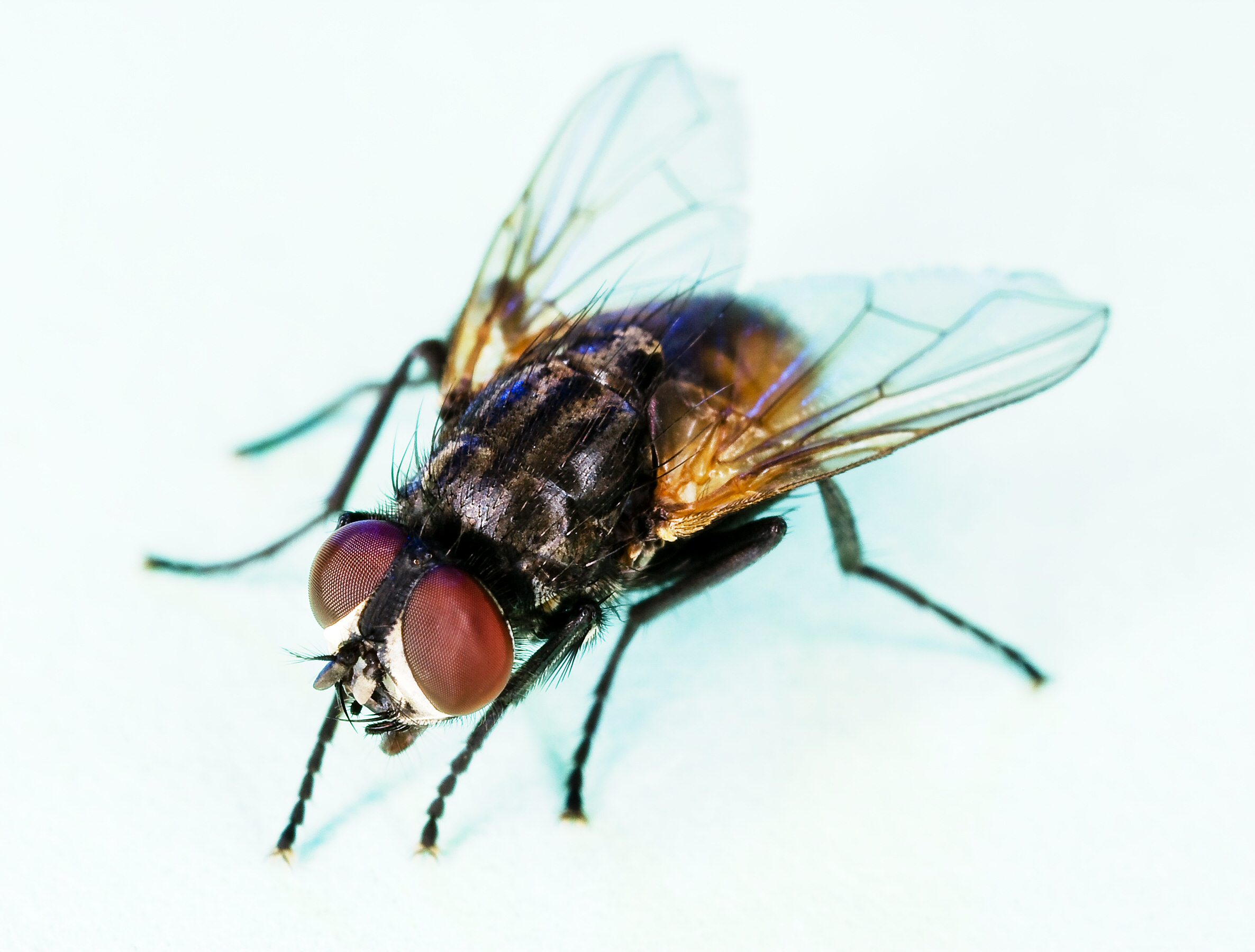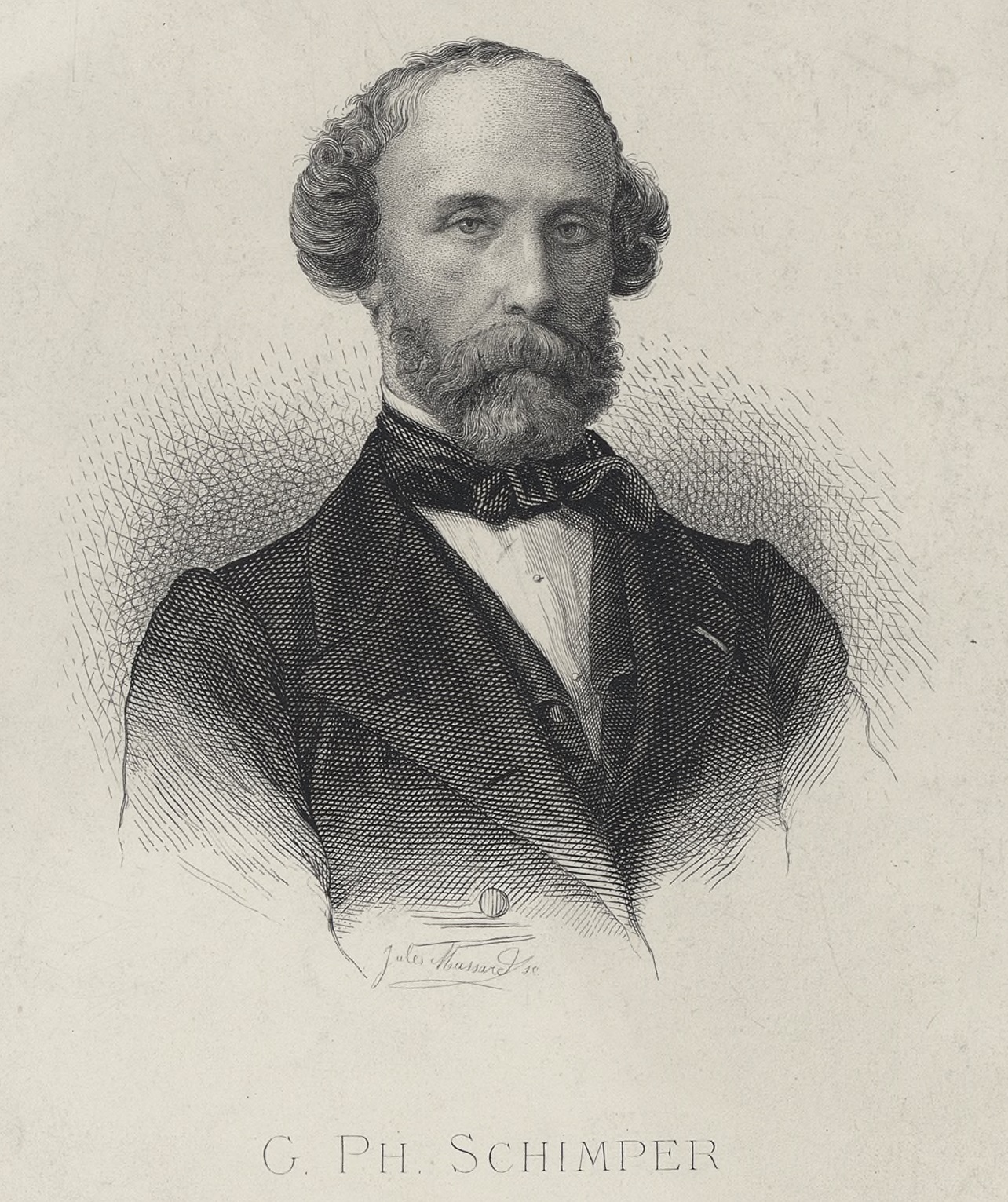|
Roproniidae
Roproniidae is a family of wasps in the order Hymenoptera, of which only two genera are still extant, the others being fossils. Extant genera * '' Ropronia'' Provancher, 1887 * '' Xiphyropronia'' He & Chen, 1991 Fossil genera * † '' Beipiaosirex'' Hong, 1983 Haifanggou Formation, China, Middle Jurassic (Callovian) * † '' Jeholoropronia'' Ren, 1995 Yixian Formation, China Early Cretaceous (Aptian) *†'' Mesohelorus'' Martynov 1925 Haifanggou Formation, China, Middle Jurassic (Callovian), Karabastau Formation, Middle-Late Jurassic (Callovian/ Oxfordian) * † '' Mesoropronia'' Rasnitsyn, 1990 Turga, Russia, Early Cretaceous (Aptian) * † '' Paleoropronia'' Garrouste et al., 2016 Menat Formation, France, Paleocene *†'' Protohelorus'' Kozlov 1968 Karabastau Formation, Middle-Late Jurassic (Callovian/Oxfordian) *†'' Phoriostephanus'' Engel & Huang, 2016 Burmese amber, Myanmar, Late Cretaceous ( Cenomanian) (originally assigned to Stephanidae The Stephanidae, sometime ... [...More Info...] [...Related Items...] OR: [Wikipedia] [Google] [Baidu] |
Hymenoptera
Hymenoptera is a large order of insects, comprising the sawflies, wasps, bees, and ants. Over 150,000 living species of Hymenoptera have been described, in addition to over 2,000 extinct ones. Many of the species are parasitic. Females typically have a special ovipositor for inserting eggs into hosts or places that are otherwise inaccessible. This ovipositor is often modified into a stinger. The young develop through holometabolism (complete metamorphosis)—that is, they have a wormlike larval stage and an inactive pupal stage before they mature. Etymology The name Hymenoptera refers to the wings of the insects, but the original derivation is ambiguous. All references agree that the derivation involves the Ancient Greek πτερόν (''pteron'') for wing. The Ancient Greek ὑμήν (''hymen'') for membrane provides a plausible etymology for the term because species in this order have membranous wings. However, a key characteristic of this order is that the hindwings are co ... [...More Info...] [...Related Items...] OR: [Wikipedia] [Google] [Baidu] |
Cenomanian
The Cenomanian is, in the ICS' geological timescale, the oldest or earliest age of the Late Cretaceous Epoch or the lowest stage of the Upper Cretaceous Series. An age is a unit of geochronology; it is a unit of time; the stage is a unit in the stratigraphic column deposited during the corresponding age. Both age and stage bear the same name. As a unit of geologic time measure, the Cenomanian Age spans the time between 100.5 and 93.9 million years ago (Mya). In the geologic timescale, it is preceded by the Albian and is followed by the Turonian. The Upper Cenomanian starts around at 95 Mya. The Cenomanian is coeval with the Woodbinian of the regional timescale of the Gulf of Mexico and the early part of the Eaglefordian of the regional timescale of the East Coast of the United States. At the end of the Cenomanian, an anoxic event took place, called the Cenomanian-Turonian boundary event or the "Bonarelli event", that is associated with a minor extinction event for ... [...More Info...] [...Related Items...] OR: [Wikipedia] [Google] [Baidu] |
Burmese Amber
Burmese amber, also known as Burmite or Kachin amber, is amber from the Hukawng Valley in northern Myanmar. The amber is dated to around 100 million years ago, during the latest Albian to earliest Cenomanian ages of the mid-Cretaceous period. The amber is of significant palaeontological interest due to the diversity of flora and fauna contained as inclusions, particularly arthropods including insects and arachnids but also birds, lizards, snakes, frogs and fragmentary dinosaur remains. The amber has been known and commercially exploited since the first century AD, and has been known to science since the mid-nineteenth century. Research on the deposit has attracted controversy due to its alleged role in funding internal conflict in Myanmar and hazardous working conditions in the mines where it is collected. Geological context, depositional environment and age The amber is found within the Hukawng Basin, a large Cretaceous- Cenozoic sedimentary basin within northern Myanmar. ... [...More Info...] [...Related Items...] OR: [Wikipedia] [Google] [Baidu] |
Michael S
Michael may refer to: People * Michael (given name), a given name * Michael (surname), including a list of people with the surname Michael Given name "Michael" * Michael (archangel), ''first'' of God's archangels in the Jewish, Christian and Islamic religions * Michael (bishop elect), English 13th-century Bishop of Hereford elect * Michael (Khoroshy) (1885–1977), cleric of the Ukrainian Orthodox Church of Canada * Michael Donnellan (1915–1985), Irish-born London fashion designer, often referred to simply as "Michael" * Michael (footballer, born 1982), Brazilian footballer * Michael (footballer, born 1983), Brazilian footballer * Michael (footballer, born 1993), Brazilian footballer * Michael (footballer, born February 1996), Brazilian footballer * Michael (footballer, born March 1996), Brazilian footballer * Michael (footballer, born 1999), Brazilian footballer Rulers =Byzantine emperors= * Michael I Rangabe (d. 844), married the daughter of Emperor Nikephoro ... [...More Info...] [...Related Items...] OR: [Wikipedia] [Google] [Baidu] |
Extinct
Extinction is the termination of a kind of organism or of a group of kinds ( taxon), usually a species. The moment of extinction is generally considered to be the death of the last individual of the species, although the capacity to breed and recover may have been lost before this point. Because a species' potential range may be very large, determining this moment is difficult, and is usually done retrospectively. This difficulty leads to phenomena such as Lazarus taxa, where a species presumed extinct abruptly "reappears" (typically in the fossil record) after a period of apparent absence. More than 99% of all species that ever lived on Earth, amounting to over five billion species, are estimated to have died out. It is estimated that there are currently around 8.7 million species of eukaryote globally, and possibly many times more if microorganisms, like bacteria, are included. Notable extinct animal species include non-avian dinosaurs, saber-toothed cats, dod ... [...More Info...] [...Related Items...] OR: [Wikipedia] [Google] [Baidu] |
Paleocene
The Paleocene, ( ) or Palaeocene, is a geological epoch that lasted from about 66 to 56 million years ago (mya). It is the first epoch of the Paleogene Period in the modern Cenozoic Era. The name is a combination of the Ancient Greek ''palaiós'' meaning "old" and the Eocene Epoch (which succeeds the Paleocene), translating to "the old part of the Eocene". The epoch is bracketed by two major events in Earth's history. The K–Pg extinction event, brought on by an asteroid impact and possibly volcanism, marked the beginning of the Paleocene and killed off 75% of living species, most famously the non-avian dinosaurs. The end of the epoch was marked by the Paleocene–Eocene Thermal Maximum (PETM), which was a major climatic event wherein about 2,500–4,500 gigatons of carbon were released into the atmosphere and ocean systems, causing a spike in global temperatures and ocean acidification. In the Paleocene, the continents of the Northern Hemisphere were still connected v ... [...More Info...] [...Related Items...] OR: [Wikipedia] [Google] [Baidu] |
Menat Formation
The Menat Formation is a geologic formation in France. It preserves fossils dating back to the Paleocene. It is a maar deposit located on top of an ancient volcano, the extent is very localised with the outcropping area being around 600 by 1000 metres. Numerous species of fossil insects, plants and fish are known, as well as some isolated mammals, including the primate '' Plesiadapis insignis'', the choristodere reptile '' Lazarussuchus'', and birds, including members of Halcyornithidae and Messelasturidae and relatives of Songziidae. See also * List of fossiliferous stratigraphic units in France See also * Lists of fossiliferous stratigraphic units in Europe References * {{DEFAULTSORT:Fossiliferous stratigraphic units in France * * France France geography-related lists ... References * Paleogene France {{Paleogene-stub ... [...More Info...] [...Related Items...] OR: [Wikipedia] [Google] [Baidu] |
Oxfordian (stage)
The Oxfordian is, in the ICS' geologic timescale, the earliest age of the Late Jurassic Epoch, or the lowest stage of the Upper Jurassic Series. It spans the time between 163.5 ± 1.0 Ma and 157.3 ± 1.0 Ma (million years ago). The Oxfordian is preceded by the Callovian and is followed by the Kimmeridgian. Stratigraphic definitions The Oxfordian Stage was called "Clunch Clay and Shale" by William Smith (1815–1816); in 1818 W. Buckland described them under the unwieldy title "Oxford, Forest or Fen Clay". The term Oxfordian was introduced by Alcide d'Orbigny in 1844. The name is derived from the English city of Oxford, where the beds are well developed, but they crop out almost continuously from Dorset to the coast of Yorkshire, generally forming low, broad valleys. They are well exposed at Weymouth, Oxford, Bedford, Peterborough, and in the cliffs at Scarborough, Red Cliff and Gristhorpe Bay. Rocks of this age are found also in Uig and Skye. The base of the Oxfordian ... [...More Info...] [...Related Items...] OR: [Wikipedia] [Google] [Baidu] |


.jpg)
